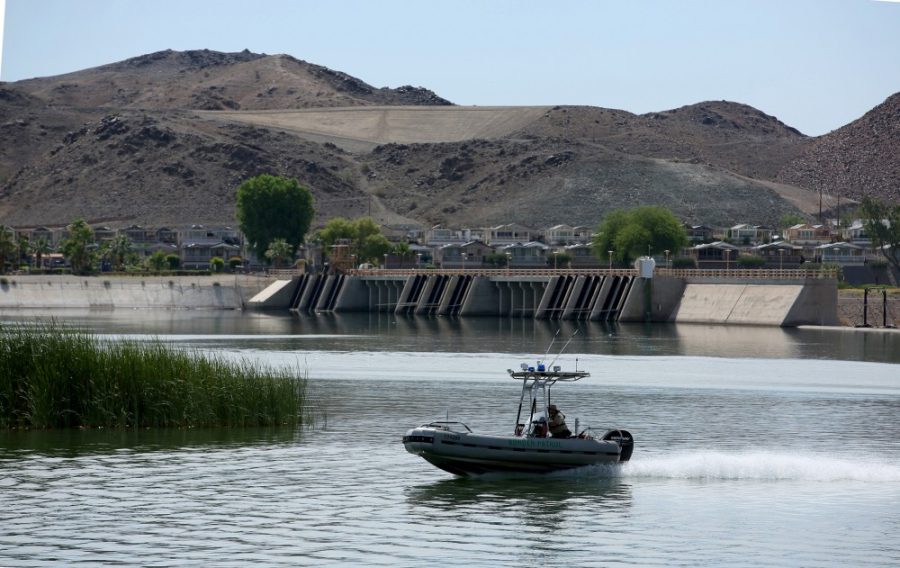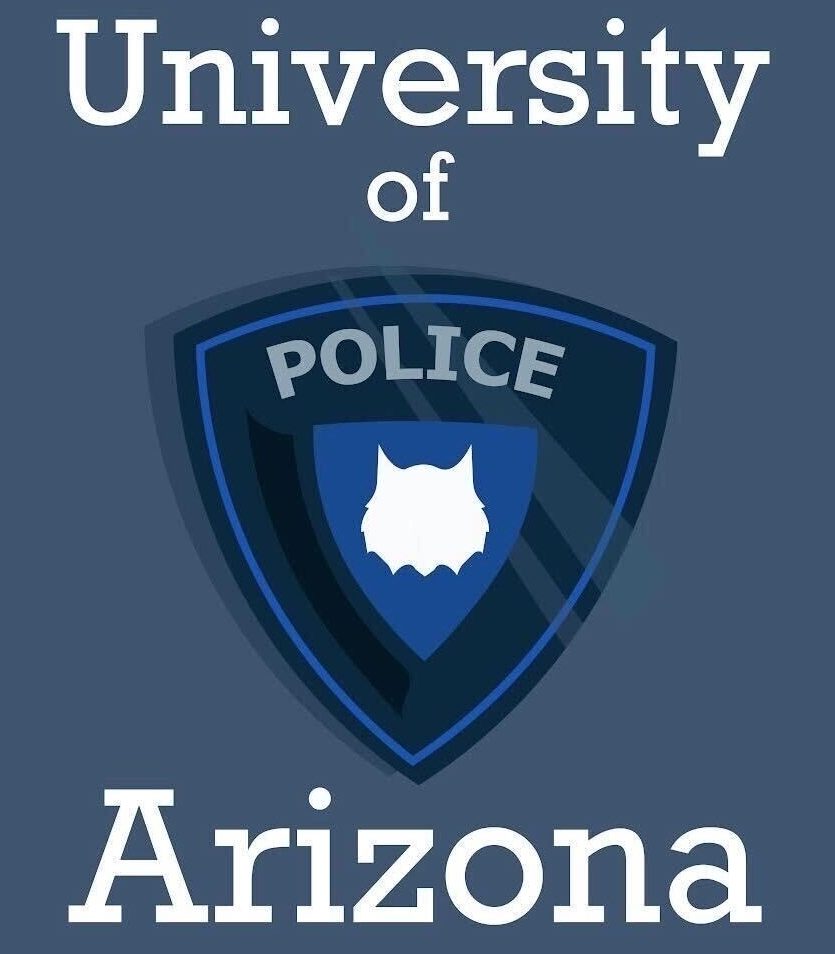The city of Flint, Michigan, has been making headlines since dangerous amounts of lead contaminated the public water supply, forcing residents to turn to bottled water instead of tap.
While the water flowing through Tucson is nowhere near the contamination levels that plague Flint, experts weighed in on the safety and quality of the water that runs through this city’s sinks.
Water quality in Tucson is not something the public should be concerned about, according to Sharon Megdal, director of the UA Water Resources Research Center. In fact, the quality is exceptional.
“Our water quality in Tucson and the region is very good,” she said.
According to the 2014 Annual Water Quality report, Tucson’s water supply comes from 200 groundwater wells located in and around the Tucson metropolitan area. The report states that Tucson water contains beneficial minerals like calcium and minerals that remain harmless at low levels like lead and arsenic.
“We have not only very good quality water, but we undertook, over the last many years, a major pipe replacement program,” Megdal said. “There’s no comparison. The people here have nothing to worry about in terms of the quality of the water.”
Jon Chorover, head of the UA Soil Water and Environmental Science program, said Tucson’s city water is incomparable to that of the Flint crisis.
“Tucson groundwater is of high quality,” Chorover said. “We’re not in a position to anything similar to what was going on in Flint, Michigan.”
Chorover is also a co-director at the Arizona Laboratory for Emerging Contaminants, which analyzes water in order to detect and quantify contaminants in very low concentrations.
Research and water treatment has grown exponentially and specifically aims at identifying of harmful contaminates.
“There’s a strong focus now on trace contaminants in water, including trace organic and inorganic contaminants,” Chorover said. “Just because we can measure it, doesn’t mean it’s a problem.”
He explained that in the Southwest, treating waste water so it’s useable again is extremely important.
“It’s very important, in a place like Tucson, that we do a very good job of treating our waste water after it’s been used by homes,” Chorover. “What some people sort of laughingly refer to as ‘toilet to tap,’ but it’s really no joke. We’re going to need to be able to develop technologies that will clean the water sufficiently so we can reuse it. There’s just not enough water otherwise.”
Water conservation has not been required in Tucson despite the drought. However, Chorover said it is a part of the social norm in Tucson and thinks the city is one of the most “enlightened cities in the country” when it comes to water conservation.
Arizona’s rich history of mining which has fueled development and employment can also sometimes affect the water quality.
The water is monitored continuously by Tucson Water and would be detected if there were any elevated concentrations of metals that might result from mining activity, according to Chorover.
Fernando Molina, the public information officer for Tucson Water, said keeping Tucson’s water clean for use and consumption is a top priority.
“We’re sampling water at the source to see if there’s any problems as the water comes out of the ground,” Molina said. “We sample in reservoirs because we want to make sure the water is moving through those reservoirs and not having issues with any kind of bacteria growth from water sitting for too long, and we sample in the distribution system itself in the neighborhoods.”
Molina said Tucson Water samples from faucets inside homes to test for lead and copper. The city water samples average about 2,600 samples every month, with over 200 parameters that are analyzed.
If Tucson Water had a positive hit for contaminants while sampling, it has 24 hours to go back and sample both upstream and downstream from the original sampling point.
“In the event that there is a positive hit on one of the samples and we go back the second time and it’s still positive, that’s when we go back and shut the wells down, the source of water, start a public notification and fix the problem,” Molina said.
While there has been positive testing for contaminants in the past, Molina says day-to-day procedures keep the city safe from harmful materials.
“I’ve been here for over 20 years and it’s been a long time since we’ve had a positive hit,” Molina said. “Maintaining high quality water is our goal and that is reflected in our daily operations and the sampling we do.”
Follow Amanda Oien on Twitter.









